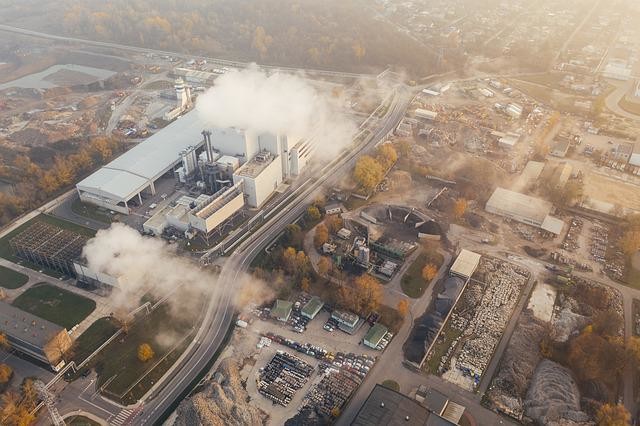
[The Public = Daniel Park] A study found that South Korea emitted the second largest amount of greenhouse gases among the G20 countries in the coal power sector last year.
According to EMBER, a non-profit climate and energy think tank in the UK, the annual greenhouse gas emissions per capita of Korea's coal power generation sector last year stood at 3.18 tons, an increase of 0.02 tons from the previous year (3.16 tons). This is three times the world average (1.06 tons), which is higher than that of countries with a large proportion of coal power generation such as China and South Africa.
Australia (4.04 tons), known as a representative coal exporting country, was the only country that produced more greenhouse gas emissions per capita than Korea. China (3.06 tons) came in third place, followed by South Africa (2.68 tons) and the United States (2.23 tons).
In particular, Korea is the only country that produces little or no coal in the country among the 1st to 5th countries. According to the Korea Institute of Geoscience and Mineral Resources, Korea's coal production in 2020 was only 1.02 million tons. On the other hand, the other top five countries produce hundreds of millions of tons of coal annually. According to European energy consulting firm Enerdata, China produced a whopping 3.74 billion tons of coal last year, followed by the United States (488 million tons), Australia (473 million tons) and South Africa (200 million tons). 47 million tons).
Despite the small amount of coal production, the fact that per capita GHG emissions are higher than those of major coal exporting countries means that Korea is highly dependent on coal power generation. The proportion of coal-fired power generation has gradually decreased under the Moon Jae-in administration, which began to implement a carbon-neutral policy in earnest, but it is still quite high compared to other countries. According to the Korea Electric Power Corporation, the proportion of electricity generated through coal power generation in total electricity decreased by 8.9 percentage points from 43.1% in 2017 to 34.3% in 2021.
However, compared to other European countries, the proportion of coal power generation is still higher than that of Korea. As of the first half of last year, the proportion of coal power generation in Germany was 27%, which is often mentioned as a comparison target because its industrial structure is similar to that of Korea. The US also accounted for 23%, which is more than 10% lower than that of Korea, while the UK and France lowered the proportion of coal power generation to 1~2%.
The proportion of renewable energy to replace coal is also increasing, but at a slower pace. According to the Korea Electric Power Corporation (KEPCO), the share of new and renewable energy increased only 1.9 percentage points from 5.6% in 2017 to 7.5% in 2021. Despite the nuclear phase-out policy, nuclear power remained at a similar level from 26.8% to 27.4%, and the proportion of gas power generation, the same fossil fuel, increased by 6.4 percentage points from 22.8% during the same period to 29.2% in 2021.
According to Amber, the proportion of solar and wind power generation in Korea was only 4.12% and 0.55%, respectively, as of last year. 4.7% of wind power and solar power combined is less than half of Japan (10%), which is lower than countries such as Vietnam (11%) and India (8%).
A bigger problem is that the number of domestic coal power plants is still increasing. According to a report released by Climate Solutions last month, South Korea's new coal power generation capacity increased by 3.1 GW last year, rather than decreasing. Among the top five countries that increased coal power generation facilities last year, Korea was the only OECD member.
There are no specific reduction plans related to coal power generation in the 110 national tasks announced by the Yun Seok-yeol government. The content of preparing a scientific carbon-neutral plan was included, but the content related to coal was only a plan to reduce coal power generation at a time when the concentration of fine dust was high. Attention is focused on what kind of plan the government will come up with to keep pace with the international community's "coal-free" move.
[Image by Pixabay]
The Public / Daniel Park webmaster@thepublic.kr
더퍼블릭 / Daniel Park webmaster@thepublic.kr
